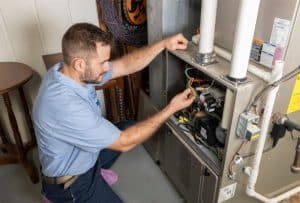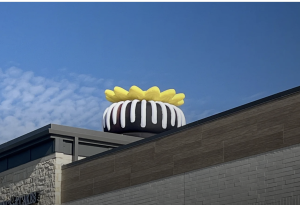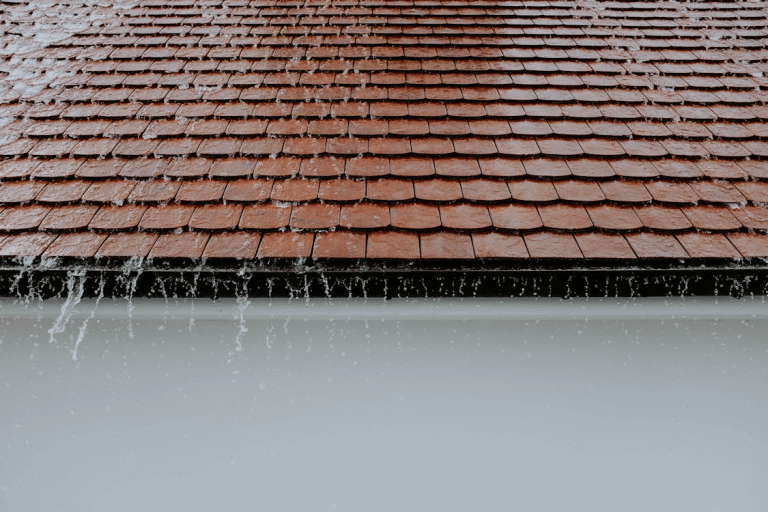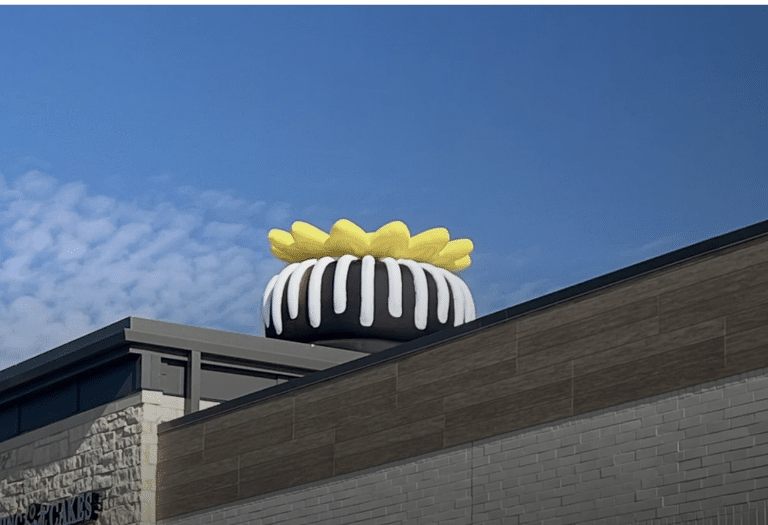Gardening can be a peaceful and rewarding activity, but it takes effort and the right tools to keep plants healthy. Many people struggle with watering techniques and end up giving either too much or too little water. These mistakes can weaken plants and make gardening feel more difficult than it should be.
To solve this, many gardeners now use a modern watering system called a self-watering planter. This simple yet effective method helps plants grow well without constant attention or guesswork.
How Self-Watering Planters Work
A self-watering planter is designed to make watering easier and more consistent. It usually has two parts: the top part holds the plant and soil, and the bottom part serves as a water reservoir. A small wick or tube connects both sections and lets the soil pull up moisture as needed.
This automatic watering method keeps the soil evenly moist, allowing the plant to take only the water it needs. Unlike using a watering can every day, this system can store enough water to last several days or even weeks. It’s especially helpful for people who travel often or forget to water regularly. A self watering hanging planter works the same way, making it perfect for saving space while keeping plants healthy and hydrated.
If you want to make your home greener while keeping maintenance low, try self-watering window boxes along your kitchen or living room windows. They work like other self-watering planters but are made for window spaces, adding both beauty and convenience. These planters let you grow herbs or flowers that stay fresh and vibrant without daily watering, making them an easy way to upgrade your plant styling.
Avoiding Overwatering and Underwatering
Finding the right balance when watering plants can be challenging. Overwatering causes root rot, while underwatering dries out the soil and weakens the plant. Self-watering planters solve these problems by maintaining consistent moisture levels.
For example, herbs such as basil or parsley thrive in soil that stays damp but not soggy. A self-watering planter provides exactly that. Even drought-tolerant plants like succulents can adapt well to this type of watering system if the water level is adjusted properly. These planters also help new gardeners practice better watering techniques without harming their plants.
Saving Time and Effort
For many plant enthusiasts, gardening is about joy, not stress. However, constant watering can become tiring, especially in warm weather. A self-watering planter reduces the need for daily maintenance and saves both time and energy.
Instead of using a watering can every day, gardeners can simply refill the reservoir once every few days or once a week. This allows more time to enjoy plant styling, pruning, or decorating garden spaces. People with large plant collections or busy schedules find these planters especially convenient, as they take the guesswork out of keeping plants hydrated.
Helping Roots Grow Stronger
Healthy roots lead to strong plants. In regular pots, water can collect at the bottom, which may cause root rot. Self-watering planters use a slow and balanced watering system that lets moisture rise through the soil at a steady rate.
This process encourages roots to grow deeper as they reach for water. As a result, plants develop stronger root systems that absorb nutrients more effectively. Over time, gardeners notice fuller leaves, brighter blooms, and more resilient plants. This steady growth pattern also supports long-term health, especially for indoor plants that rely on controlled watering.
Good for Beginners and Experienced Gardeners
Self-watering planters are easy to use, whether someone is just starting or has years of experience. Beginners often find them helpful because they make watering techniques simpler and prevent common mistakes. Experienced gardeners use them to care for plants that need steady moisture.
For instance, a beginner who loves houseplants can try a self watering hanging planter for peace lilies or pothos, both of which enjoy consistent moisture. Advanced gardeners might use these systems for tropical plants that need regular watering and humidity. Whatever the experience level, this type of planter makes gardening easier and more enjoyable.
Using Water Wisely
Water conservation is becoming more important, and self-watering planters support that goal. Traditional pots often waste water through drainage or evaporation, while automatic watering planters hold water in a reservoir and release it slowly. This makes the process efficient and eco-friendly.
Gardeners in dry or warm regions benefit the most from this design. It reduces water waste and keeps plants hydrated for longer periods. Using this type of watering system also means less reliance on a watering can, which makes gardening easier and more sustainable.
Great for Indoor and Outdoor Spaces
Self-watering planters fit perfectly in any space, whether indoors or outdoors. Indoors, they help prevent spills and keep surfaces dry. Outdoors, they are ideal for patios, balconies, or decks where watering might be inconvenient.
Many people also use them as part of their plant styling choices. These planters come in different shapes, sizes, and colors, so they match any décor. A sleek self watering hanging planter can add a touch of greenery to small spaces while keeping maintenance low. Since the soil stays evenly moist, the planter also helps prevent pests that thrive in overly wet conditions.
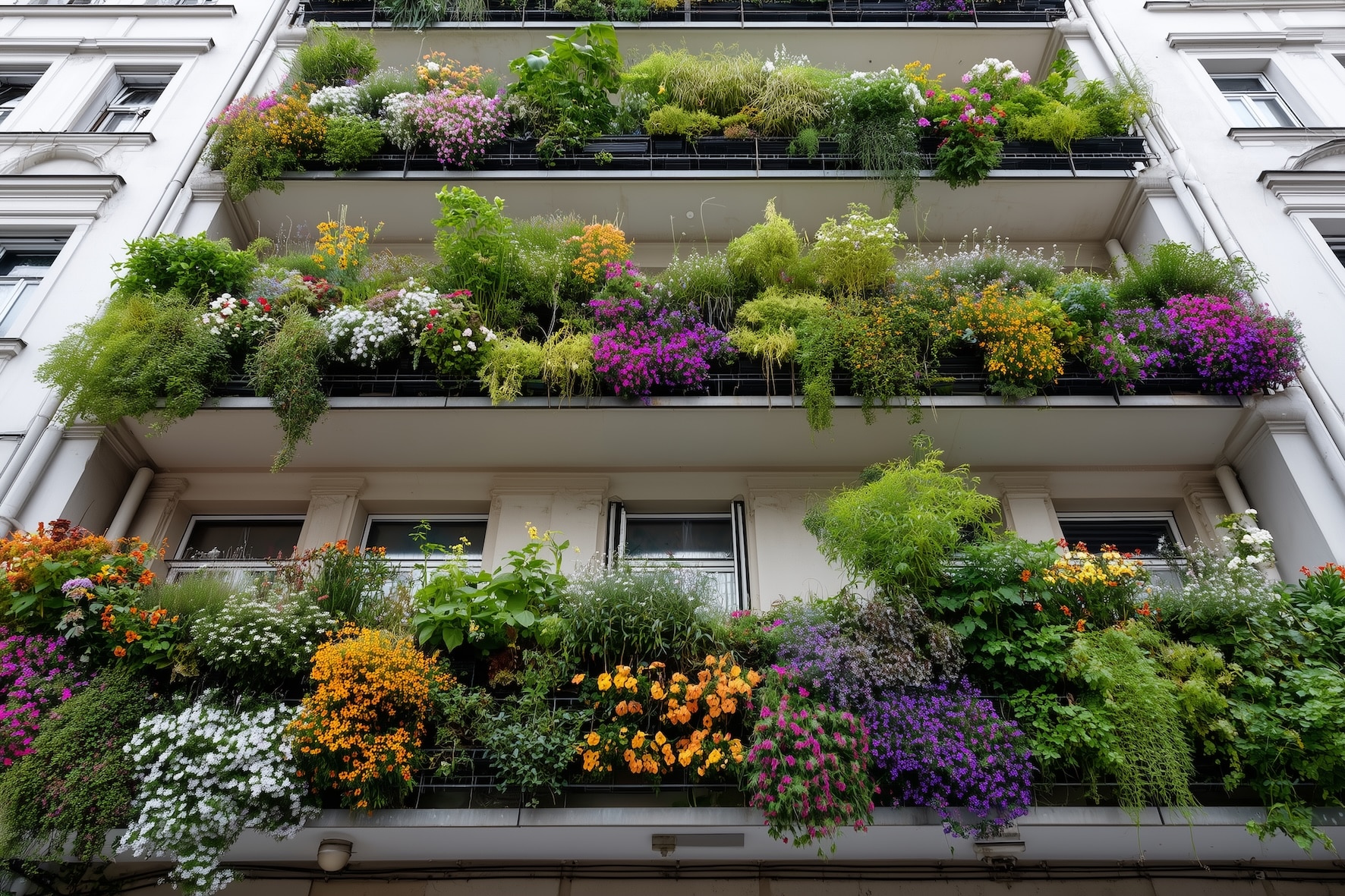
Easy Care, Great Results
Self-watering planters make plant care simple without taking away the joy of gardening. Once the reservoir is filled, the planter handles the watering automatically. Gardeners can also mix fertilizer into the water for slow, steady feeding.
This gentle approach gives plants what they need to grow steadily and stay vibrant. Even plant enthusiasts who have limited time can keep their plants thriving with less work. It’s an easy and dependable way to enjoy gardening without stress.
Conclusion
More gardeners are switching to self-watering planters because they make caring for plants simple, efficient, and enjoyable. These planters save time, use water wisely, and help plants grow stronger and healthier. For anyone who loves plants or wants to become a better plant enthusiast, this smart watering system is a great step toward easier and more successful gardening.




